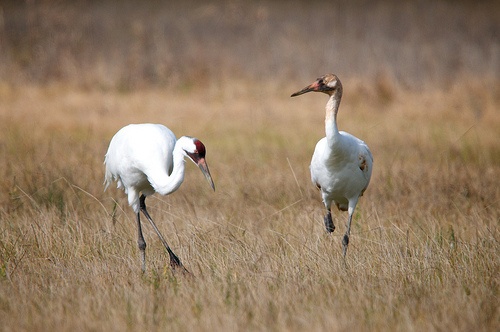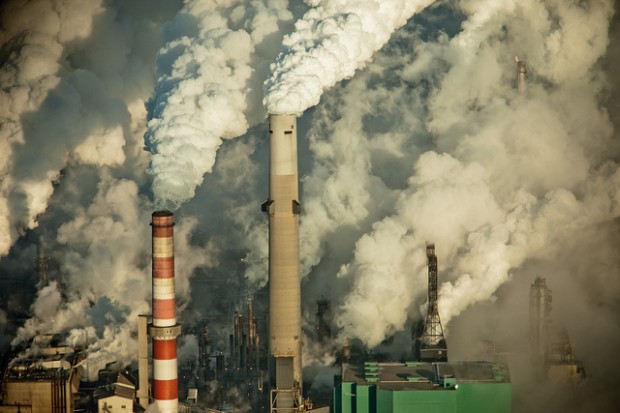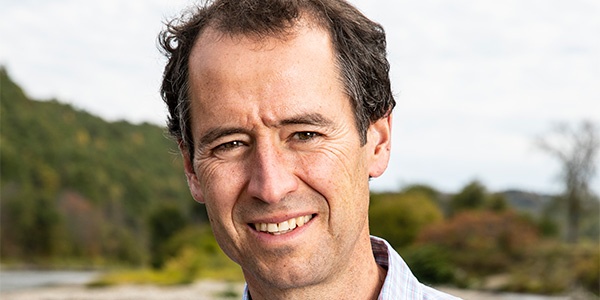We have much more to do and your continued support is needed now more than ever.
Nebraska Court Decision Means Time to Reject Keystone XL Has Arrived
The time to reject Keystone XL has arrived. Last spring, the Administration put a decision on the pipeline on hold until a legal issue over the route in Nebraska was resolved. That hurdle has now been cleared, and the case for rejection has never been stronger.
Risky Route in Nebraska
In February of last year, a judge found that the process which created the route Keystone XL in Nebraska was illegal. The State appealed the decision to the Nebraska Supreme Court, which issued a ruling on January 9 that clears the way for the Administration to make a decision on the pipeline.
The Nebraska decision confirms that the route through Nebraska is risky. However and unfortunately, the result was not good for the landowners. Three of seven justices – a minority – ruled that the plaintiffs did not having standing to bring the lawsuit. While the plaintiffs actually won on the standing the question, the three justices who found against the plaintiffs on standing declined to rule on the issue at hand: whether the legislation TransCanada (which would own Keystone XL) pushed through the Nebraska legislature to create the current route is constitutional. The other four justices found the legislation was unconstitutional.

While the Nebraska Supreme Court can duck the substantive issues, the President cannot. The fact is that the current Keystone XL route remains too high a risk for wildlife and people. It poses a direct threat to the Ogallala aquifer, which provides millions with drinking water, and sensitive habitat areas like the Sandhills, which provide homes and stopovers for Sandhill Cranes, Whooping Cranes and other waterfowl and wildlife.
In short, essentially the same threats to critical resources in Nebraska that caused President Obama to reject Keystone XL in 2012 remain.
A Driver of More Carbon Pollution
Moreover, the President said that he will reject the pipeline if it adds to the problems of climate change. The facts make clear that it does.

Scientists have recently concluded that virtually all of the tar sands must stay in the ground if the planet is to avoid dangerous levels of warming. This is no time to build a project that would enable more tar sands development.
President Obama has doubled down on his commitment to address climate change and lead us towards a cleaner, wildlife-friendly energy future. We are confident President Obama – who has stated that Keystone XL could add to disastrous climate change – understands these facts and will deny the pipeline.
The facts are settled. The case is closed. The time to say no to Keystone XL is now.
![]() Tell President Obama to deny the Keystone XL pipeline!
Tell President Obama to deny the Keystone XL pipeline!






















